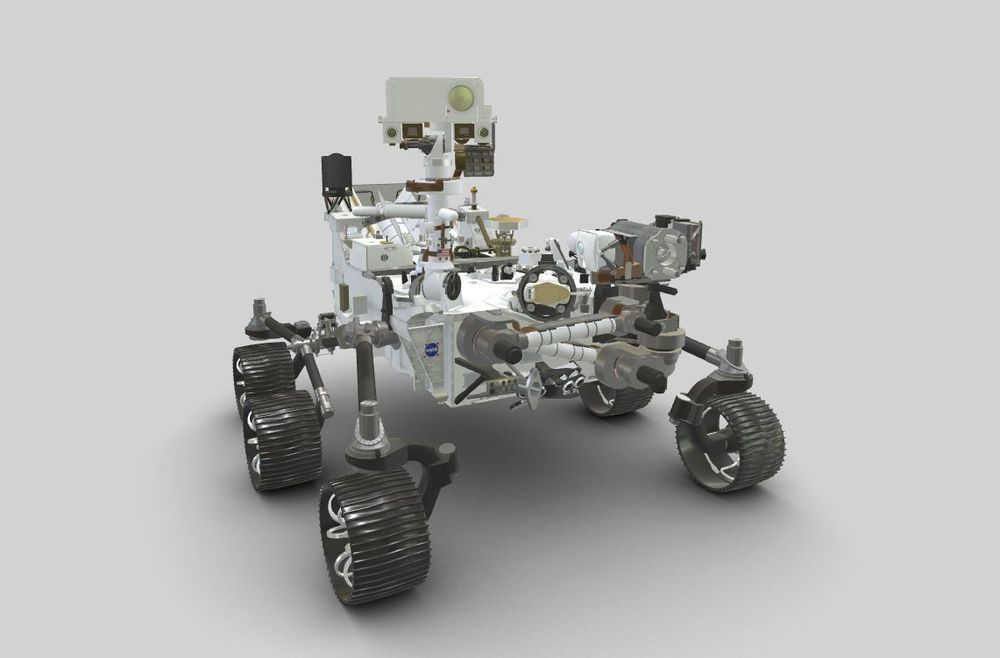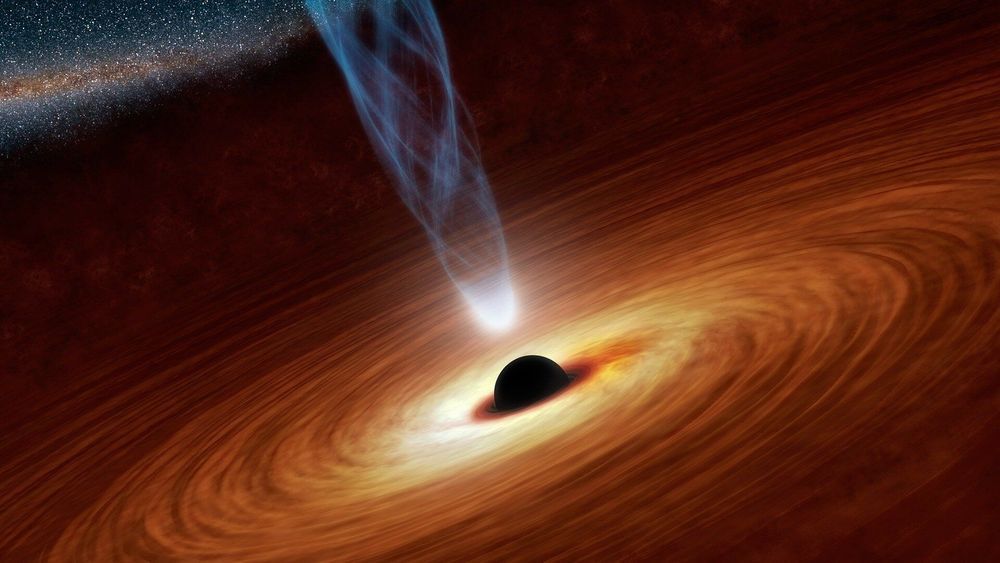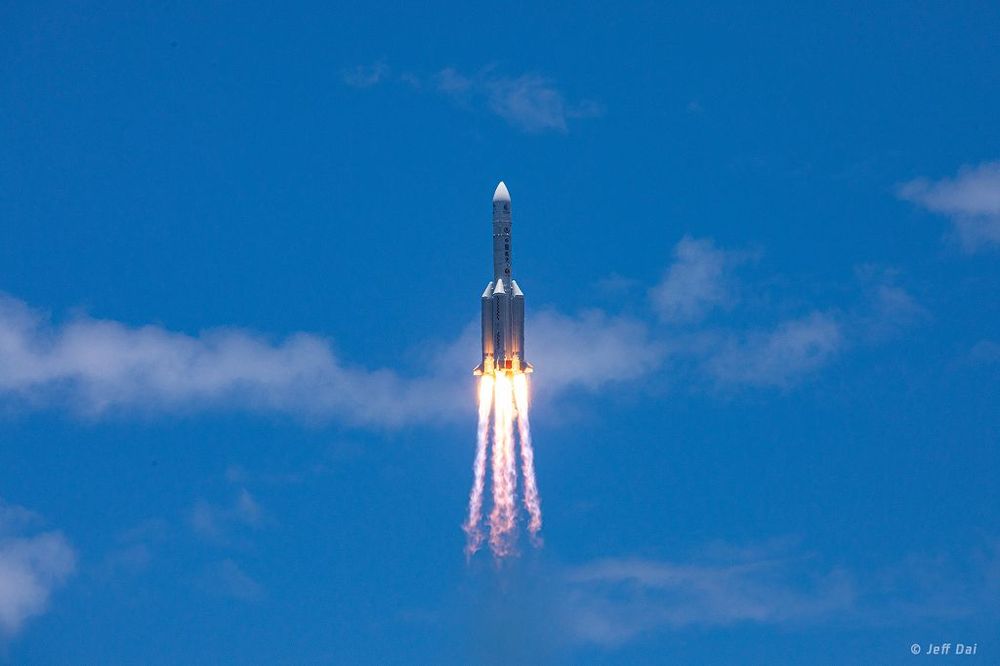As I get ready to launch to Mars in days, take a look at some of the tools I’m taking to help me search for signs of ancient life.
Zoom in, rotate or mouse over a 3D interactive of the Mars 2020 Perseverance science tools.

With the coronavirus raging across the world and the United States, I would to talk about one particular issue that is currently and will wreck havoc on the US: evictions due to the coronavirus and coronavirus-related unemployment.
Update: Turns out the federal government did have an eviction moratorium in the past. However, it ended a few days ago. Luckily, however, many in the government are thinking about extending the moratorium.
Discord Link: https://discord.gg/brYJDEr
Patreon link: https://www.patreon.com/TheFuturistTom
Please follow our instagram at: https://www.instagram.com/the_futurist_tom
For business inquires, please contact [email protected]


Discovery by scientists at Berkeley Lab, UC Berkeley could help find silicon’s successor in race against Moore’s Law.
In the search for new materials with the potential to outperform silicon, scientists have wanted to take advantage of the unusual electronic properties of 2D devices called oxide heterostructures, which consist of atomically thin layers of materials containing oxygen.
Scientists have long known that oxide materials, on their own, are typically insulating – which means that they are not electrically conductive. When two oxide materials are layered together to form a heterostructure, new electronic properties such as superconductivity – the state in which a material can conduct electricity without resistance, typically at hundreds of degrees below freezing – and magnetism somehow form at their interface, which is the juncture where two materials meet. But very little is known about how to control these electronic states because few techniques can probe below the interface.
Spectroscopy is the use of light to analyze physical objects and biological samples. Different kinds of light can provide different kinds of information. Vacuum ultraviolet light is useful as it can aid people in a broad range of research fields, but generation of that light has been difficult and expensive. Researchers created a new device to efficiently generate this special kind of light using an ultrathin film with nanoscale perforations.
The wavelengths of light you see with your eyes constitute a mere fraction of the possible wavelengths of light that exist. There’s infrared light which you can feel in the form of heat, or see if you happen to be a snake, that has a longer wavelength than visible light. At the opposite end is ultraviolet (UV) light which you can use to produce vitamin D in your skin, or see if you happen to be a bee. These and other forms of light have many uses in science.
Within the UV range is a subset of wavelengths known as vacuum ultraviolet light (VUV), so called because they are easily absorbed by air but can pass through a vacuum. Some VUV wavelengths in the region of around 120–200 nanometers (nm) are of particular use to scientists and medical researchers as they can be used for chemical and physical analyses of different materials and even biological samples.

It’s happening…
MOSCOW — KFC has partnered with a Russian bioprinting company to bring 3D printed chicken nuggets to the table.
Coined as the “meat of the future,” the lab-created chicken meat is KFC’s response to the growing interest of healthy lifestyles, the rise in demand for meat alternatives and the increasing need to develop more environmentally friendly methods of food production.
It is also KFC’s next step in creating a “restaurant of the future.”

Scientists at Harvard University and the Black Hole Initiative (BHI) have developed a new method to find black holes in the outer solar system, and along with it, determine once-and-for-all the true nature of the hypothesized Planet Nine. The paper, accepted to The Astrophysical Journal Letters, highlights the ability of the future Legacy Survey of Space and Time (LSST) mission to observe accretion flares, the presence of which could prove or rule out Planet Nine as a black hole.
Dr. Avi Loeb, Frank B. Baird Jr. Professor of Science at Harvard, and Amir Siraj, a Harvard undergraduate student, have developed the new method to search for black holes in the outer solar system based on flares that result from the disruption of intercepted comets. The study suggests that the LSST has the capability to find black holes by observing for accretion flares resulting from the impact of small Oort cloud objects.
“In the vicinity of a black hole, small bodies that approach it will melt as a result of heating from the background accretion of gas from the interstellar medium onto the black hole,” said Siraj. “Once they melt, the small bodies are subject to tidal disruption by the black hole, followed by accretion from the tidally disrupted body onto the black hole.” Loeb added, “Because black holes are intrinsically dark, the radiation that matter emits on its way to the mouth of the black hole is our only way to illuminate this dark environment.”

